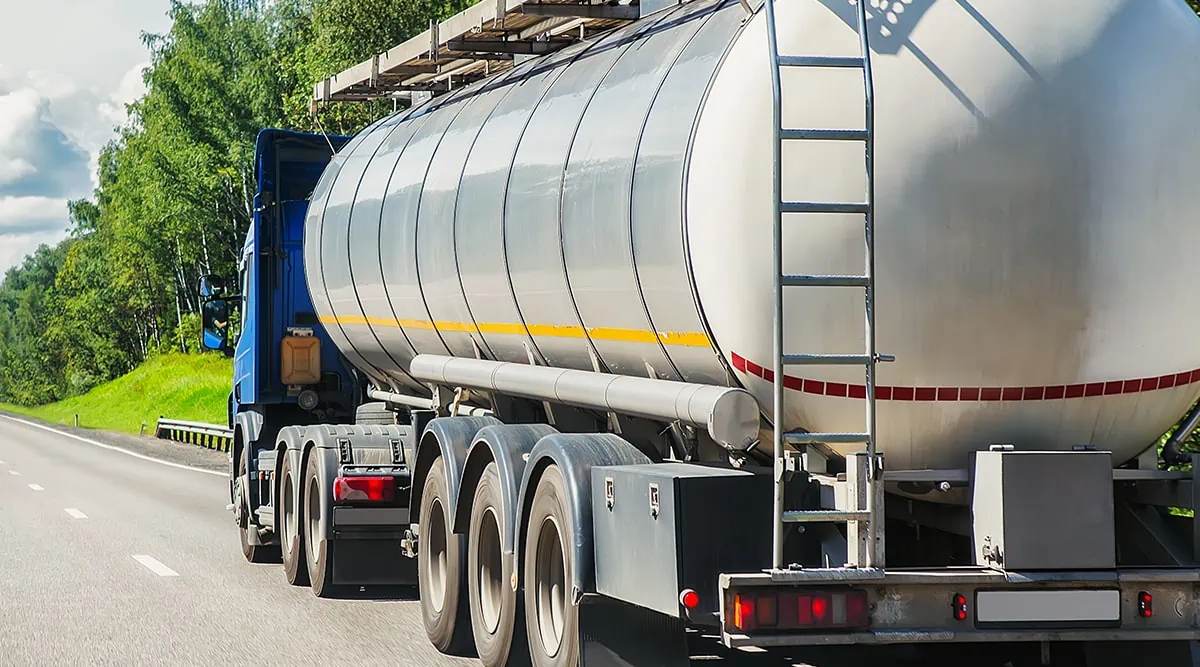What Does Reclaim Waste Do?
The Best Strategy To Use For Reclaim Waste
Table of ContentsExcitement About Reclaim WasteRumored Buzz on Reclaim WasteReclaim Waste Can Be Fun For AnyoneFascination About Reclaim WasteFacts About Reclaim Waste RevealedThings about Reclaim Waste

Never put unsafe compounds down sinks, toilets or stormwater drains Substances including petroleum, oil, oil, pesticides and herbicides, and solvents such as paint pole dancers should not be put down sinks, toilets or stormwater drains pipes. These substances are difficult to remove in the sewage treatment process and trigger air pollution troubles in our neighborhood rivers.

Fluid waste is a term that covers a wide range of products, there's a good factor why leaving its disposal to the specialists is suggested. Liquid waste is non-solid material that has no additional use and must be treated and thrown away according to local, state and government policies.
The 6-Second Trick For Reclaim Waste
Instances of fluid waste can include wastewater, fats, oils or grease, used oil, fluids, solids, gases or sludges and hazardous house liquids, there are some that are taken into consideration to be more dangerous than others when it comes to the setting and the wellness of animals and humans alike. It's consequently that each state and area have stringent policies connected to fluid waste monitoring.
Liquid waste can be kept in holding containers or packaged in drums, intermediate mass containers or authorized small containers prior to either being treated or eliminated through outsourced vacuum vehicles. Provided the nature of the products, liquid waste can not enter the general waste stream and there are strict regulations on just how to dispose of it properly.
(https://www.edocr.com/v/pd6avrzq/leonaube33101/reclaim-waste)Depending on a decision of the level of risk, it may be required to remediate those websites. Additionally, hazardous liquid chemical wastes are managed waste and should be tracked according to the state waste regulation. Under the chain of safekeeping and obligations, owners are accountable and liable for waste produced by a business.
Among the core applications for superabsorbent polymers (SAPs) is fluid waste solidification. liquid waste removal melbourne. SAPs are made use of by waste management professionals to avoid potentially damaging fluids from getting in rivers, groundwater aquifers, and other delicate settings. Since liquids can swiftly move impurities into ecological receptors and potentially contribute to geotechnical failures, fluid wastes are often banned from disposal in land fills
Reclaim Waste Things To Know Before You Buy
Basically, complimentary liquids are fluids that separate from the solid part of waste product. Liquid waste can consist of the following: HDD mud and cuttings Garbage dump leachate Wastewater therapy sludge & biosolids Dredged debris Oil and gas drill cuttings Working out pond muck Hydro Excavation slurry Coal combustion residuals/ash Tank bottom sludge Concrete grinding/polishing slurry Associated Short article: For a functional instance of complimentary fluids separating from waste material, think about the following scenario: A waste monitoring contractor lots a dump associate sludge from a wastewater therapy plant's aeration basin, during a regular upkeep event.
When the motorist shows up at the landfill, he notices water seeping look here from the sludge and pouring from the dump vehicle. The tons was denied by the land fill and the driver was forced to take care of the waste as a liquid waste at a special center, which enhanced the disposal fees enormously.
We likewise require to be accountable for the proper disposal of our waste materials. It is not enough that we pay waste disposal firms to take treatment of our rubbish.
The Basic Principles Of Reclaim Waste

Segregating your waste can begin inside the home. Set apart dry and liquid waste as well as edible waste, biodegradable and non-biodegradable products.
Layer the bottom with dirt to absorb the wet waste. Layer the compost with wet and dry waste as well as dirt to keep a balance between the damp and the completely dry.
A Biased View of Reclaim Waste
Cover the garden compost container. Once a week, include soil on top of the garden compost. To help with faster decay, you can also include semi composted dirt to the compost. Preserve the compost. If you see the scent is coming to be as well solid, include added papers and paper waste or include more holes to the compost container to keep the equilibrium of the waste materials.
We additionally need to be liable for the appropriate disposal of our waste materials. It is not enough that we pay waste disposal firms to take care of our rubbish.
Our waste, our duty. Have you ever questioned what happens to your fluid waste after it's collected? Did you know that fluid waste can be recycled? As accountable citizens, you must recognize what happens to your rubbish and where it goes after it is eliminated from you. Comprehending the fluid waste removal process is necessary in assisting you to segregate your waste.
The 8-Minute Rule for Reclaim Waste
Segregating your waste can begin inside the home. Segregate completely dry and fluid waste as well as edible waste, naturally degradable and non-biodegradable materials.
You can utilize old trash can, bucket, garden pot or old plastic drums. Pierce 4 to 5 holes in the container so the air can distribute. Layer the base with dirt to absorb the wet waste. Start the composting procedure. Layer the garden compost with wet and dry waste in addition to dirt to preserve an equilibrium in between the wet and the completely dry.
Cover the garden compost container. As soon as a week, include dirt on top of the garden compost. To promote faster decomposition, you can likewise include semi composted soil to the garden compost. Maintain the compost. If you see the odor is coming to be as well strong, include extra papers and paper waste or include even more holes to the garden compost bin to maintain the balance of the waste materials.